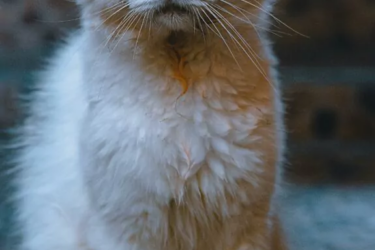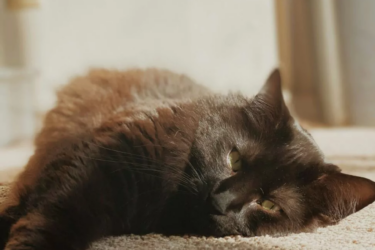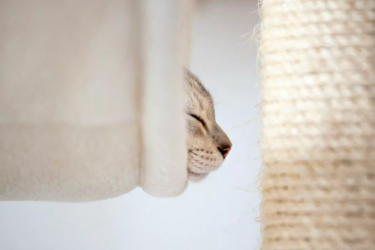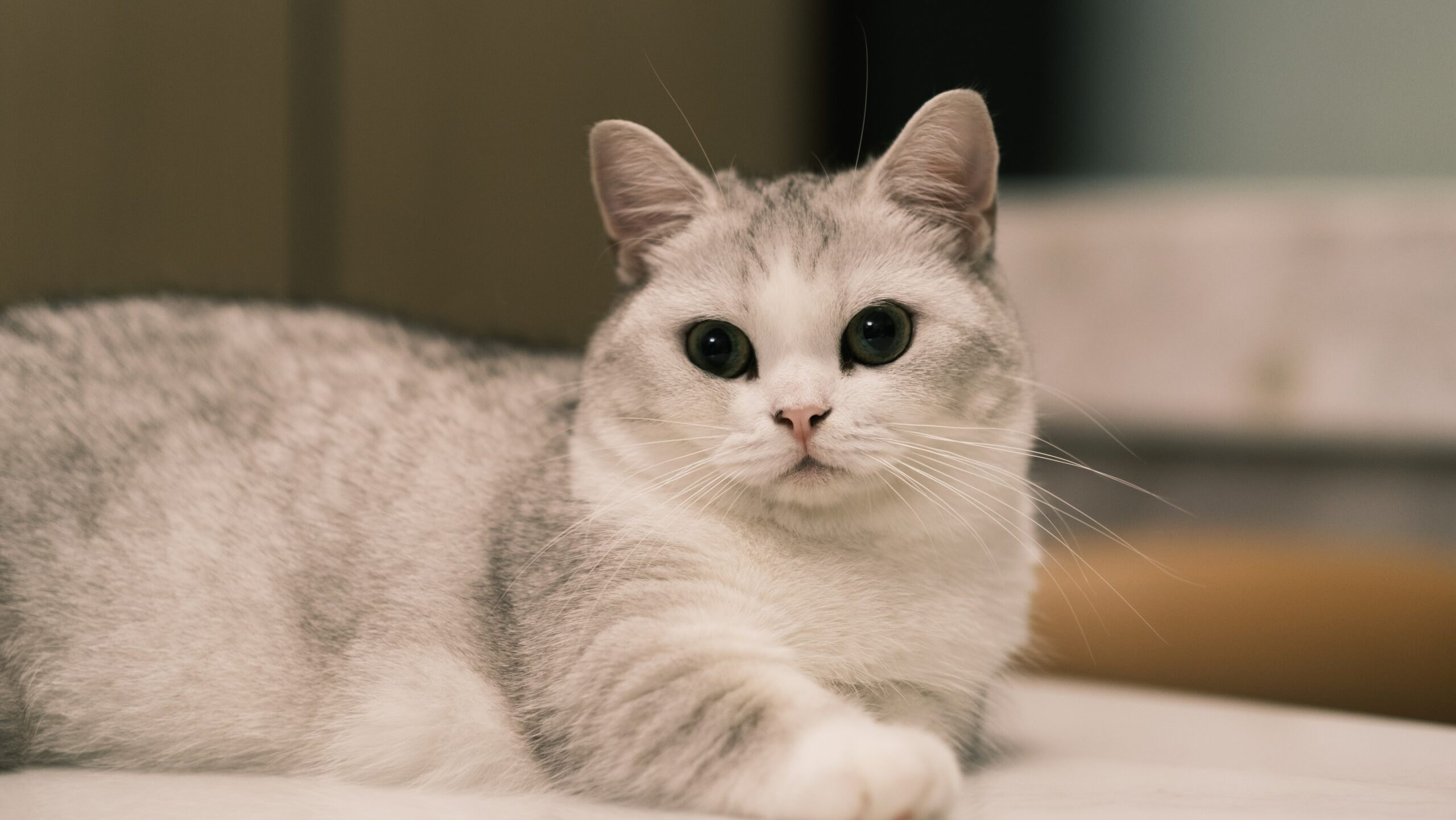
The Munchkin is a rare breed. It is even banned in the Netherlands. Fortunately, because it is a “torture breed.” These purebred cats are bred for unhealthy physical traits, which often causes the cats to experience pain. Want to know more? Keep reading.
In this blog:
- The appearance and coat of a Munchkin
- Diseases and conditions of the Munchkin
- How long does a Munchkin live?
- The personality of the Munchkin
- Caring for a Munchkin
- A Munchkin is banned
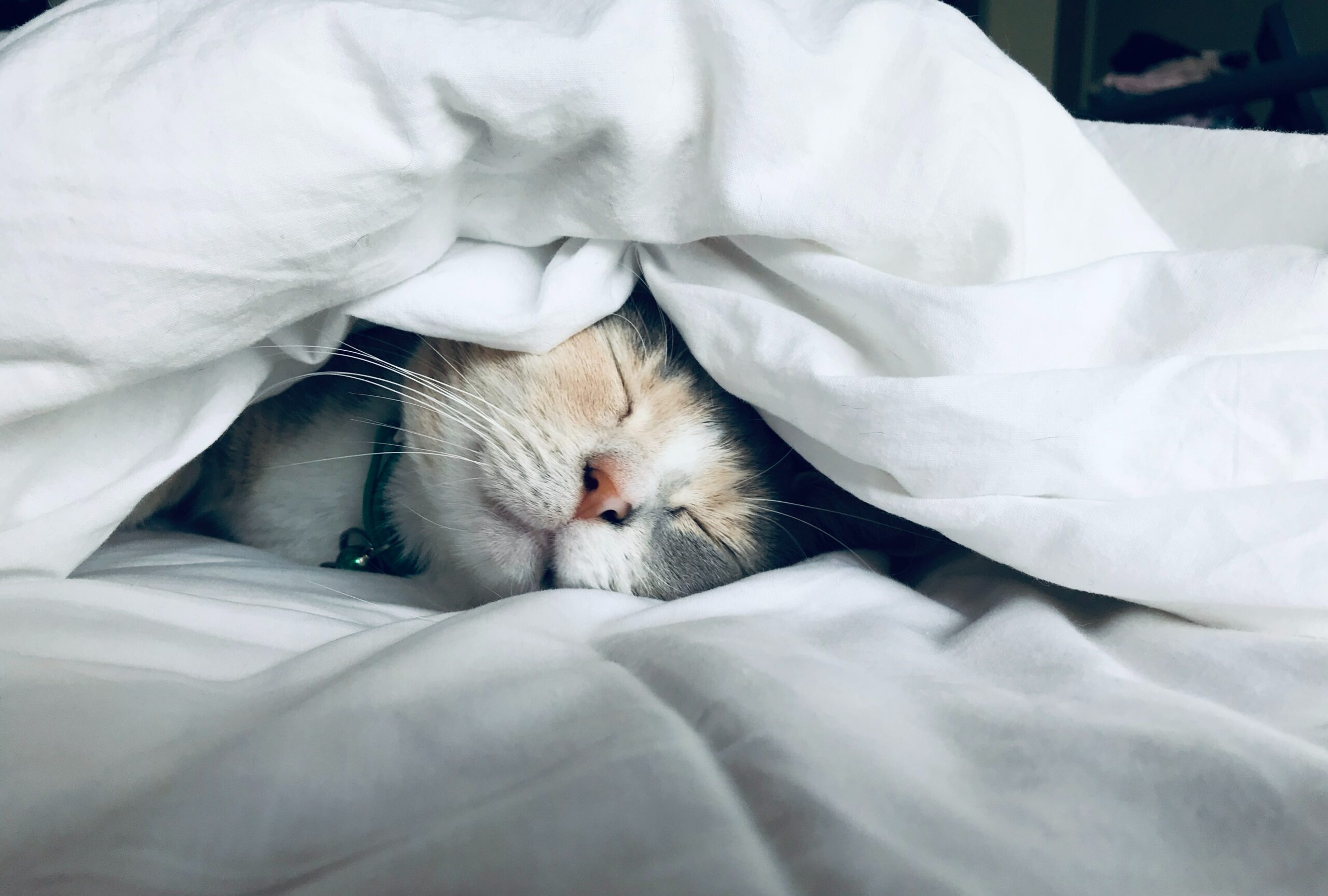
1. The Appearance and Coat of the Munchkin
Munchkin cats actually look the most like regular domestic cats. Their coats come in various colors and lengths. The build and head of Munchkins are almost identical to those of regular cats. The biggest difference between a Munchkin and a domestic cat is the legs. They are very short. This is because this breed has been bred for a very unpleasant condition – dwarfism.
A Munchkin suffers from (abnormally disproportionate) dwarfism.
Dwarfism is a genetic defect in cats. This condition disrupts cartilage development, causing various deformities. In Munchkins, it results in very short legs and often osteoarthritis. The worst part of this is that breeders intentionally breed for this. At some point, a kitten was born with this defect, and breeders thought: “This little animal looks cute, I’ll breed more litters from it.”
As a result, a cat breed has been created with serious conditions. And people buy them because they look so cute and aren’t told that these animals suffer every day. Munchkins cannot do many things. They can’t run, they can’t jump, and they have difficulty moving. In other words, they can’t do many things that a healthy cat can, and that make them happy. So, if you want a happy and healthy cat, never choose a Munchkin!
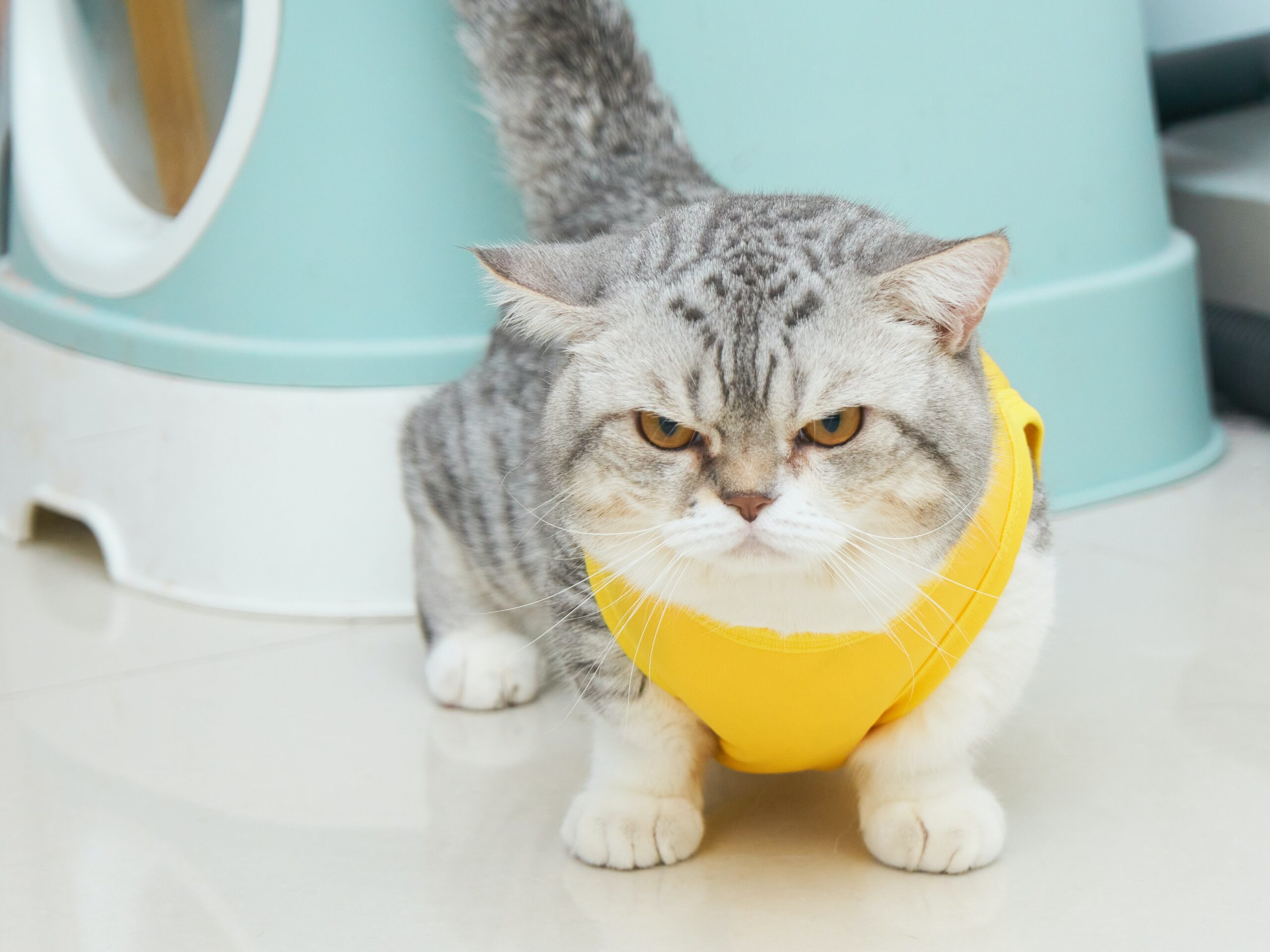
2. The Three Most Common Conditions in Munchkins
Because this breed was bred for abnormal and health-damaging traits, Munchkins also have many health problems. Here are the most common ones listed for you:
This is a hereditary and chronic condition that damages the cartilage at the ends of the bones. This causes the joints of the hips, knees, elbows, and ankles in cats to wear down and cause pain. Munchkins, in particular, are susceptible to this, partly due to their extremely short legs.
1. Osteoarthritis (joints)
The consequences of this include:
- Inability to jump
- Not being active or playing
- Lameness
- Changes in the way they walk
2. Deformed Vertebrae and Spine
Munchkins are at high risk for spinal abnormalities. They can have deformities in their spine and vertebrae. This is caused by the genetic mutation that is selectively bred. Generally, this results in an overly curved spine, which gives the cats a swayback appearance. This leads to mobility problems and pain in all cases.
3. Deformity of the Sternum and Cartilage Connections
This condition is called Pectus Excavatum and is a severe deformity of the sternum. It causes narrowing of the chest. Sometimes it develops a few weeks after a Munchkin kitten is born, but it can also be present at birth. If a cat has this condition, surgery is often the only option.
The consequences of this include:
- Difficulty breathing
- Reduced appetite
- Frequent lung infections
- Vomiting and weight loss
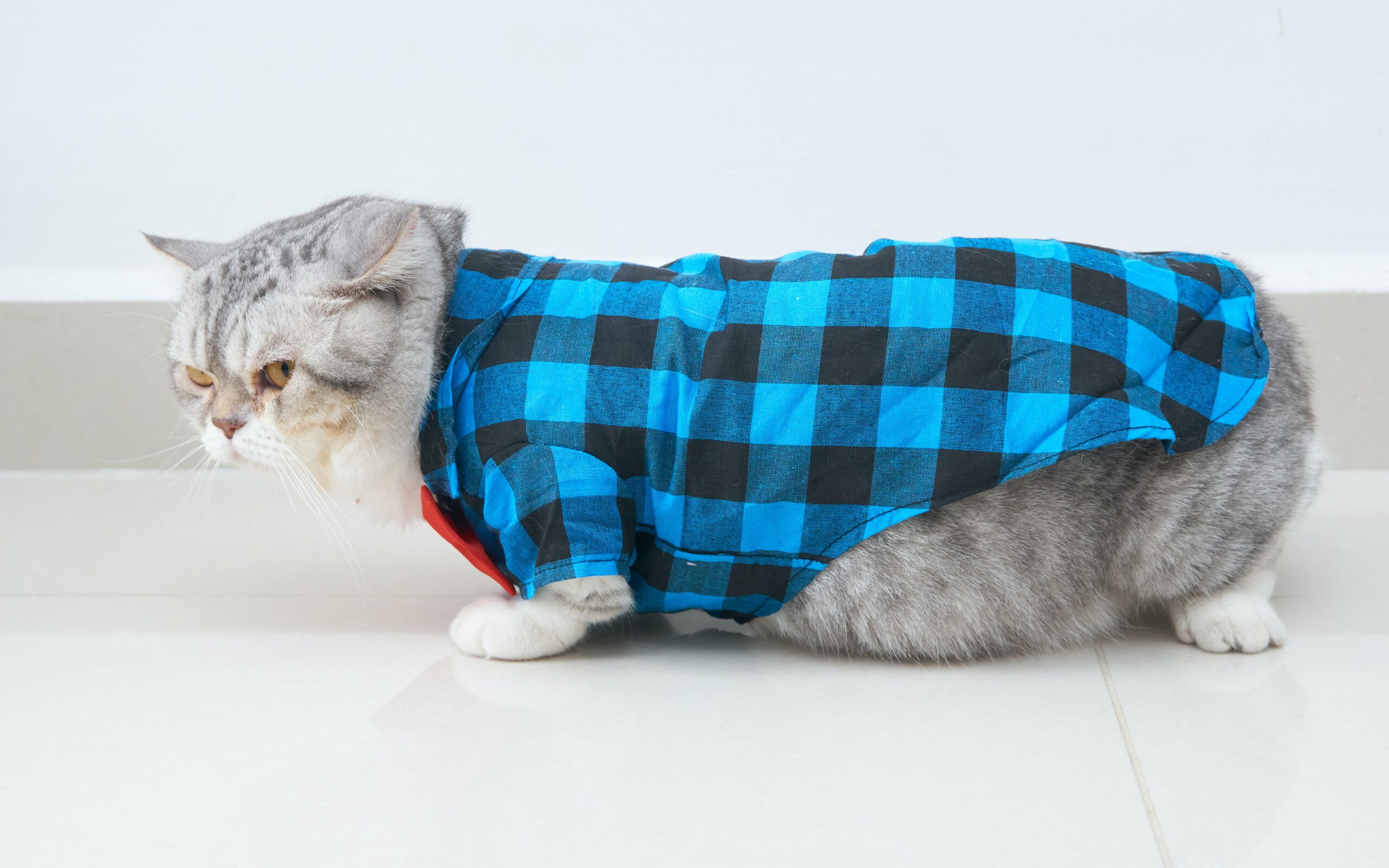
3. How Long Does a Munchkin Live?
Despite the many conditions and abnormal growth, Munchkin cats can live to a reasonable age. On average, these cats live around twelve to fifteen years. However, this depends on several factors, such as proper care, nutrition, and exercise. Of course, sufficient love and attention are important as well.
4. The Personality of the Munchkin
After reading the above, you might think: Is there nothing nice to say about a Munchkin? Fortunately, there is! Because Munchkins are incredibly fun and loving cats. In terms of personality, they are very similar to domestic cats. They generally don’t mind being picked up and love cuddling. The cats are also very social and enjoy playing with “their people.” But remember, every cat is unique and has its own personality.
5. Caring for the Munchkin
Munchkins are easy to care for and they don’t require much. Since the cat doesn’t move easily, run, or jump, it’s advisable to keep this breed as an indoor cat. Always provide a (easily accessible) low cat tree in the house, as a Munchkin will get a lot of enjoyment from it. A weekly combing and brushing session is also highly appreciated. An easy cat to care for, which you can take good care of with the following:
- A safe place in the house
- Cuddles, love, and attention
- Multiple bowls of fresh water and food that suit the breed
- Always clean litter boxes with good litter
- A comfortable bed to sleep in and challenging toys
- Multiple scratching posts in the house
- Protection against parasites, such as fleas
- Vaccinations and occasional visits to the vet
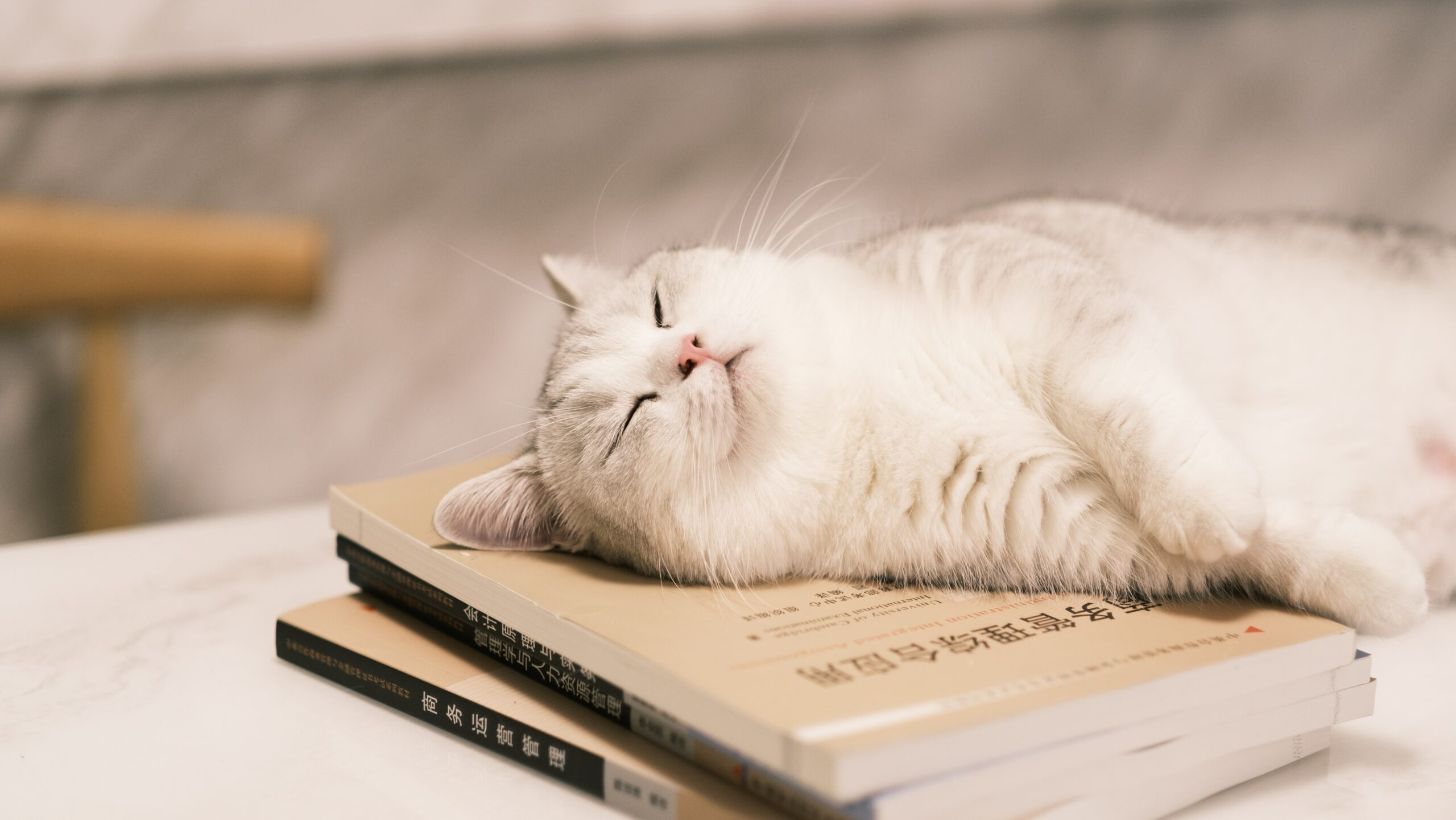
6. A Munchkin is Banned
In the Netherlands, it is forbidden to breed and keep Munchkins. A Munchkin is therefore not recognized as an official cat breed by Dutch authorities. This makes sense, as this breed suffers every day due to all the health conditions.
If you want to bring a healthy cat into your home, it’s best to consult a veterinarian. You can also check the websites of Dier & Recht and the Dutch Food and Consumer Product Safety Authority for information about the breed’s health, whether it is permitted, and what rules apply to breeders.
Do not buy cats through platforms like Marktplaats, eBay, or from unscrupulous breeders. If you’re looking for a cat but don’t necessarily need a purebred, consider checking animal shelters or adoption agencies. Many lovely cats are waiting for a good home.
Also, read more about the Oriental Shorthair
Disclaimer: Petrebels is not a vet or behaviourist: all content, information and tips on this blog are meant to inspire you and are informative in nature. Does your cat have complaints or problems and are you in doubt about your cat’s health? If so, always visit your vet or a behaviourist.
